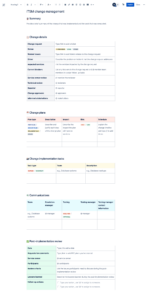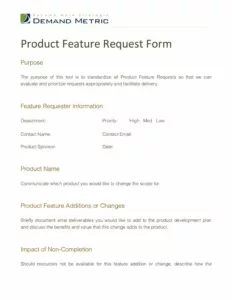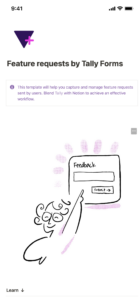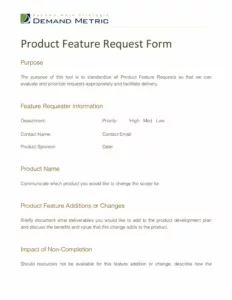This article will explore the key components of effective structures for enhancement proposals within Jira, offering practical guidance and examples to optimize the feedback process.
Key Components of a Jira Feature Request
Effective requests for Jira enhancements require specific information to ensure clarity and facilitate efficient processing. The following components are crucial for well-formed submissions:
1. Summary: A concise, descriptive title summarizing the desired functionality. This should be clear and easily understood, allowing for quick identification of the request’s purpose.
2. Description: A detailed explanation of the proposed feature. This section should outline the functionality, its intended use case, and the problem it solves. Including specific examples can enhance clarity.
3. Business Rationale/Benefit: A justification for the requested feature, outlining the value it brings to the organization or users. This may include improved efficiency, cost savings, or enhanced user experience.
4. Impact: A description of the potential effects of implementing the feature. This should consider both positive and negative consequences, including impact on existing workflows or other system components.
5. Priority: An assessment of the urgency and importance of the request. This helps development teams prioritize tasks effectively.
6. Technical Details (Optional): Any relevant technical specifications, such as proposed implementation details, dependencies, or integration requirements. This section may be omitted if the technical aspects are to be determined later.
7. Attachments (Optional): Supporting documentation, such as mockups, diagrams, or user stories, can provide further context and clarity.
Providing comprehensive information in each of these areas ensures that feature requests are effectively communicated, evaluated, and ultimately contribute to a more robust and user-friendly Jira experience.
How to Create a Jira Feature Request Template
Creating a standardized template ensures consistency and completeness in feature requests, facilitating efficient processing and implementation. The following steps outline the process of creating such a template within Jira.
1: Access Jira Administration: Navigate to the Jira administration panel and locate the “Issues” section.
2: Locate Issue Types: Within the “Issues” section, find and select “Issue Types.”
3: Select the Issue Type for Feature Requests: Choose the issue type designated for feature requests (e.g., “New Feature,” “Improvement”). If a dedicated issue type does not exist, one can be created.
4: Edit the Issue Type Screen Scheme: Select “Screens” to access the screen scheme associated with the chosen issue type. This scheme determines the fields displayed on the feature request creation screen.
5: Add Required Fields: Ensure the screen scheme includes the key components of a well-formed feature request: Summary, Description, Business Rationale/Benefit, Impact, Priority, and optional fields like Technical Details and Attachments. Customize field descriptions as needed for clarity.
6: Configure Field Requirements: Set mandatory fields to ensure all essential information is provided in each request. This enforces consistency and reduces the likelihood of incomplete submissions.
7: Deploy the Template: Save the changes to deploy the updated template. This standardized structure will now be applied to all new feature requests created using the designated issue type.
8: Communicate and Train: Inform users about the new template and provide training on how to effectively complete each field. This ensures consistent usage and maximizes the template’s benefits.
By implementing a standardized structure for feature requests, organizations can streamline the request process, improve communication between users and development teams, and ultimately enhance the effectiveness of their Jira platform.
Standardized structures for requesting Jira enhancements offer a crucial mechanism for capturing user feedback, facilitating clear communication, and streamlining the development process. From well-defined summaries and detailed descriptions to compelling business rationales and impact assessments, each component contributes to a comprehensive understanding of user needs. Implementing such a structure, complete with mandatory fields and clear guidelines, ensures consistency and completeness in every request, empowering development teams to effectively prioritize and address user feedback.
Effective utilization of structured request mechanisms within Jira empowers organizations to optimize their development processes, fostering collaboration and driving continuous improvement within the platform. By embracing a standardized approach, organizations unlock the full potential of user feedback, ultimately enhancing the platform’s value and user experience. Consistent application and ongoing refinement of these structures remain essential for maximizing their long-term effectiveness.



